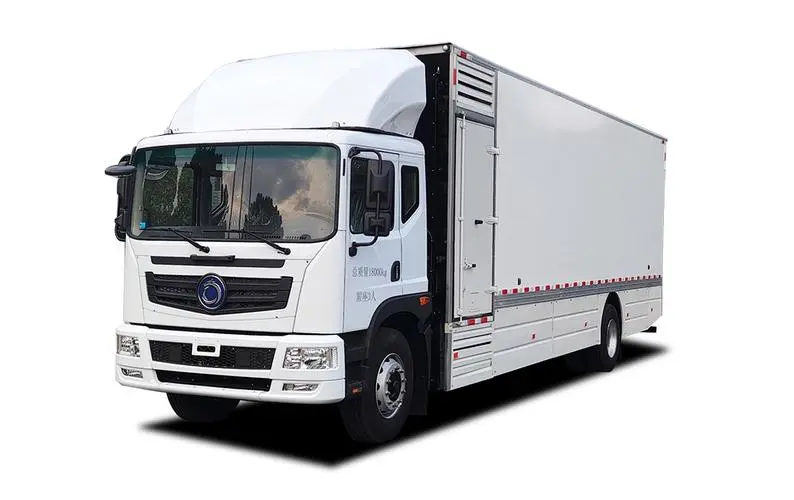Introduction
Truck mounted cranes are versatile pieces of equipment widely used in construction, transportation, and other industries for lifting and moving heavy loads. One of the key factors that determine the performance and capabilities of a truck mounted crane is its dimensions. In this article, we will delve into the various dimensions of truck mounted cranes, including boom length, maximum lifting capacity, reach, and overall size, and discuss how these dimensions impact the crane's functionality and usability.
Boom Length
The boom length of a truck mounted crane refers to the horizontal distance from the center of the crane's base to the tip of the fully extended boom. It is one of the critical dimensions that determine the crane's lifting capacity and reach. Generally, truck mounted cranes have boom lengths ranging from 10 meters to over 50 meters, depending on the size and type of the crane.
The longer the boom length, the greater the reach and lifting capacity of the crane. However, longer booms also come with their own set of challenges, including increased weight and stability concerns. Operators must carefully consider the required reach and lifting capacity when selecting a truck mounted crane with the appropriate boom length.

Maximum Lifting Capacity
Another important dimension of a truck mounted crane is its maximum lifting capacity. This refers to the maximum weight that the crane can lift safely and efficiently. Maximum lifting capacities of truck mounted cranes can range from a few tons to over a hundred tons, depending on the crane's size, configuration, and design.
Operators must always ensure that the crane's maximum lifting capacity matches the requirements of the job at hand. Overloading a crane can lead to accidents, structural damage, and potential injuries. Understanding the crane's maximum lifting capacity is crucial for safe and effective operations.
Reach
The reach of a truck mounted crane refers to the horizontal distance from the center of the crane's base to the point where the load is lifted or placed. Reach is determined by the combination of boom length, jib extension, and other factors. A longer reach allows the crane to access and lift loads at greater distances, making it more versatile and efficient.
Operators must consider the required reach when selecting a truck mounted crane for a specific job. Factors such as the height of the building, distance to the load, and obstacles in the work area all play a role in determining the necessary reach of the crane. Understanding the crane's reach capabilities is essential for completing tasks safely and effectively.
Overall Size
In addition to specific dimensions such as boom length, maximum lifting capacity, and reach, the overall size of a truck mounted crane is also an important consideration. The size of the crane can impact its maneuverability, transportability, and suitability for different job sites.
Smaller, compact truck mounted cranes are ideal for navigating tight spaces and urban areas where space is limited. https://www.worktruckmaker.com/box-truck/ may be more suitable for heavy-duty lifting operations on construction sites or industrial projects. Operators must assess the available space, access points, and weight restrictions when choosing a truck mounted crane with the appropriate size for the job.
Conclusion
Truck mounted cranes come in a variety of sizes and configurations, each with its own set of dimensions that determine its performance and capabilities. Understanding the dimensions of a truck mounted crane, including boom length, maximum lifting capacity, reach, and overall size, is essential for safe and efficient operations.
Operators must carefully assess the requirements of the job at hand and select a truck mounted crane that meets those needs in terms of dimensions and capabilities. By considering these key dimensions, operators can ensure the successful completion of lifting and moving tasks while maintaining safety and efficiency on the job site.
